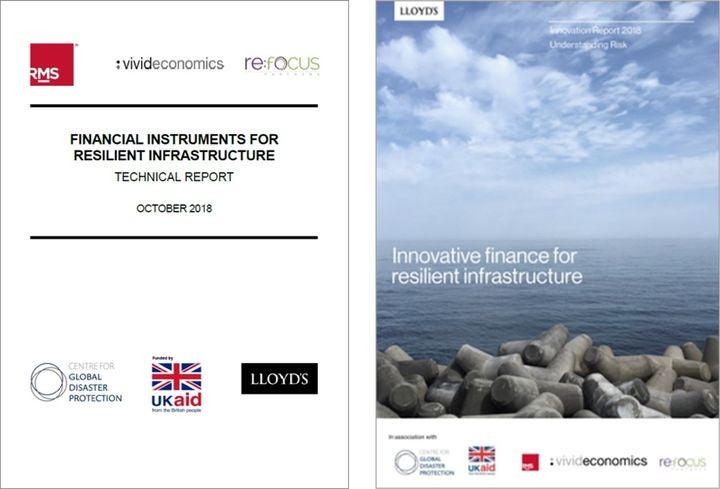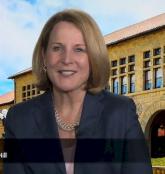Almost one and a half million people have died in natural disasters over the past 20 years. This is a waste of life; a waste of potential.
Natural disasters also have a massive economic impact. Our models suggest natural catastrophes cost the world’s poorest countries almost US$30 billion a year on average. Hard-won development gains are regularly wiped out — and it is the poor and the vulnerable who are most impacted.
In case anyone had forgotten the crippling impacts of natural disasters, 2017 served a painful reminder. Hurricanes Irma and Maria left vulnerable people in the Caribbean devastated. Somalia, Ethiopia and Kenya struggled with drought. Floods and landslides wrecked lives and livelihoods in Sri Lanka and Bangladesh. And then there was Hurricane Harvey which, along with the California wildfires, made 2017 the costliest on record in the United States.
Whenever and wherever catastrophe strikes, our thoughts are with those so profoundly affected.
We did not, however, need last summer’s tropical cyclones to understand that something is not working. We did not need Irma and Maria to learn that investments in resilience reduce losses from natural disasters. And we did not need the events of 2017 to know that incentives are too often insufficient to drive action in the most vulnerable regions.
These truths are at heart of the Centre for Global Disaster Protection. Innovation is required to solve such complex humanitarian, political and economic problems. The impacts of recent disasters — and the need to finance reconstruction — have heightened the innovation imperative. They provide an opportunity to deploy financial instruments which catalyze investments in resilience; financial instruments which enable vulnerable communities to recover faster.
RMS too knows that it is possible to stop manufacturing natural disasters. And RMS knows that financial mechanisms could in theory securitize — and therefore incentivize — the potential “resilience dividends” from investments in disaster risk reduction. After all, RMS has been intimately involved in some of the best-known thought-leadership in this space.
Yet equally well understood is the fact that financial structures which incentivize resilience are difficult to implement in practice — in developed and in developing countries. There is no shortage of challenges.
To move from theory to practice; to redirect capital at the required scale, ideas need to be fleshed out, structures need to be robustly designed and cash flows need to be tested. Any new financial mechanisms must pass muster with all stakeholders, lest the intended benefits evaporate.
Since 1988, RMS’ mission has remained constant: to make communities and economies more resilient to shocks through a deeper understanding of catastrophes. Now, with the Centre’s help, experts from the finance, humanitarian and development communities have for the first time come together to refine financial instruments, address practical challenges and provide the interdisciplinary buy-in which mobilizes action.
In this collaborative environment, innovation has happened. The recent launch of a new report on Financial Instruments for Resilient Infrastructure is a product of that innovation.

RMS was commissioned by the U.K. Government’s Department for International Development to run the Centre for Global Disaster Protection’s first “Innovation Lab.” With support from Vivid Economics, re:focus partners and Lloyd’s of London two reports have been published — a 100-page technical report and a 50-page innovation report. Both are freely available here.
The four new financial mechanisms examined in the report can help monetize the resilience dividend, thereby incentivizing both resilient building practices and risk financing. The outcome: less physical damage, fewer lives lost and faster economic recovery whenever nature proves too much.
More is needed, of course. Policymakers and donors have a crucial role to play, not least in sponsoring pilots, funding the quantification of resilience, promoting risk-based pricing, supporting risk finance and advocating duties of care around life, livelihood and shelter.
Thankfully the significant public benefits of resilience justify the investment. And now we have four new financial instruments for donors and the market to pilot in real-world situations.






